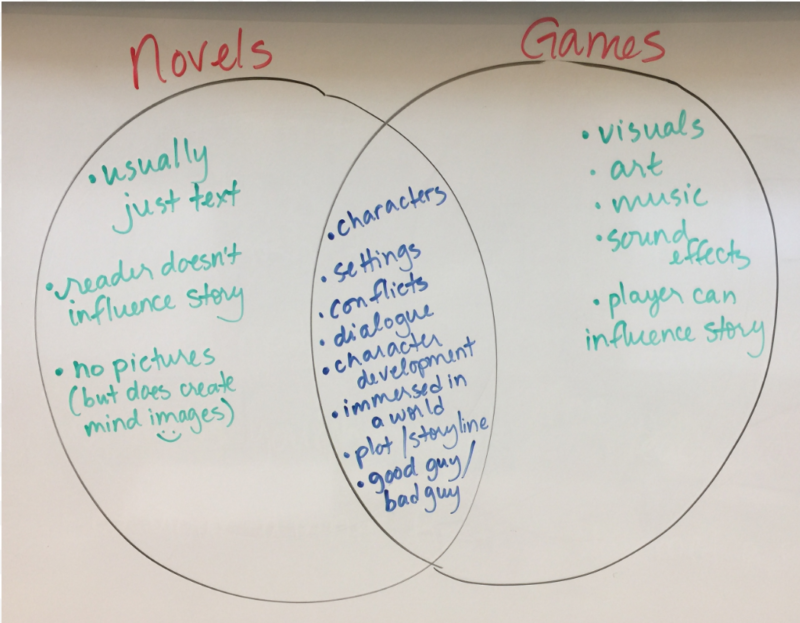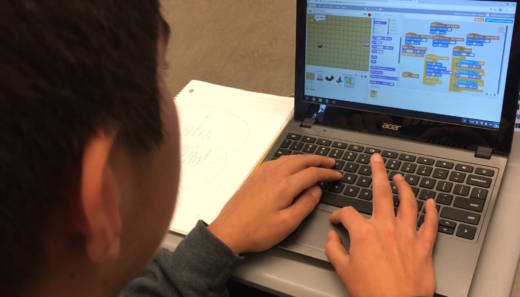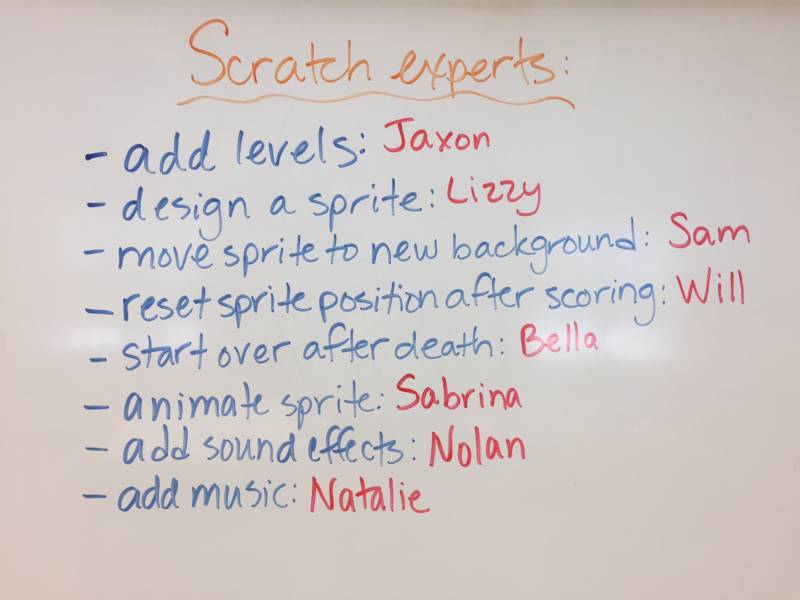When the Hour of Code launched in 2013, I set aside my English curriculum for one day so my eighth graders could experiment with computer coding. There was just one problem: I had never written a line of code in my life!
Luckily, the Hour of Code offers more than 200 video tutorials for all ages and abilities. My students could choose hour-long tutorials with themes like Minecraft, Star Wars, Angry Birds, Frozen, Moana and more. Love music? There’s an Hour of Code tutorial for you. Art? Check. Race cars? Check. Sports? Got it. Don’t have devices for all your students? That’s Okay! The Hour of Code even offers unplugged lessons that introduce students to the language and logic of coding without computers. These hands-on, interactive tutorials make learning about computer coding fun and engaging. But that one-hour exploration was as far as we went. The next day we were back to writing literary analysis.
Three years later, I decided it was time to go deeper with coding, to incorporate it into a unit that would not just teach my students about coding but would also reinforce what they had been learning in my English class. My first ever three-week coding unit wrapped up our semester in a fun and powerful way, and even had direct connections to our English curriculum.
My students had spent most of the first semester writing their own novels (thanks to NaNoWriMo), so they were very familiar with the elements of a story. And although I’m not much of a gamer myself, I do know that video and computer games are usually based on a story: a main character attempts to do something or go somewhere, but encounters obstacles along the way to an ultimate destination. I asked my students to compare the elements of a novel with the elements of a game, and right away they saw the similarities.
[media-credit id=11343 align="aligncenter" width="550"] [/media-credit]
[/media-credit]
Next my students brainstormed ideas for computer games based on the novel they had just written. Rather than coming up with a brand new idea, their novel plots provided them with developed characters and rich stories for their games. But their games couldn’t be as long or complex as their novels had been, so they had to spend some time narrowing down the adventure for their protagonist, planning for obstacles to be faced, and designing the ultimate “win.” That exercise alone was a valuable part of their ongoing literature study.

 [/media-credit]
[/media-credit] [/media-credit]
[/media-credit]